Is it surprising that the carol is thousands of years old? The first carols were not related to Christmas, however. Carols, or circle dances of praise and joy, were originally associated with pagan celebrations throughout the four seasons. With the advent of Christianity, winter solstice celebrations took on a more singular religious meaning.
One of the earliest known Christmas carols dates to 129 A.D. when Roman Bishop Telesphous ordained that “In the Holy Night of the Nativity of our Lord and Savior, all shall solemnly sing the Hymn of the Angels.” It survives to this day as the chorus of Angels We Have Heard on High, Gloria in Excelsis Deo! (Glory to God in the Highest!) The Christmas carol we sing today combines that chorus with a French carol, Les Anges dans Nos Campagnes (Angels in Our Fields). (A-Caroling We Will Go: Rome & the History of the Christmas Carol) Want to hear a version of Hymn of the Angels?
Another early composer of Christmas hymns was Comas of Jerusalem, who wrote for the Greek Orthodox Church as early as 760 A.D. Other European composers soon followed suit. But their popularity was limited because they were all written in Latin, an unknown language to masses.
Christmas and the singing of hymns to celebrate the birth of Christ fell out of favor during the Middle Ages. We have St. Francis of Assisi to thank for the reintroduction of Christmas and the singing of Christmas hymns. In 1223, he introduced Nativity Plays in Italy. These plays were presented with canticles, songs that related the story. But, instead of singing in Latin, they were sung in the native language of the people with Latin reserved for the chorus. Now, everyone could join in and the new songs spread throughout Europe. (The History of Christmas Carols)
The word itself dates to the 1300s and is derived from Old French (carole) and Middle English (carol), meaning “to dance in a ring.” It may have roots in Medieval Latin choraula, “a dance to the flute.” (etymonline)
Caroling came to England in the early 1400s. An English priest and poet named John Audely composed many Yuletide hymns. He took a group of singers house to house during the season. However, his hymns focused on repentance and it wasn’t until later that lyrics focused on the story of Jesus’ birth.
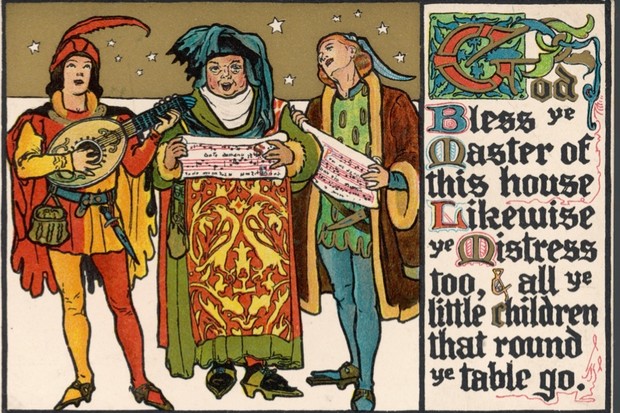
Carols of this time period often had less to do with Christmas and more to do with celebration. Examples of carols that have secular roots are The Holly and the Ivy (thought to be over 1000 years old), The Boar’s Head Carol, and I Saw Three Ships.
Carols grew in popularity in England until the rise of Oliver Cromwell. He banned all celebrations of Christmas in 1644, including the public singing of carols. It wasn’t until the monarchy was restored in 1660 that Christmas celebrations were once more allowed.
It took more than 150 years for the Christmas carol to experience a resurgence. During that time, some of our most enduring carols were written. O Come, All Ye Faithful was first published in 1760. The English version didn’t happen until 1841. Silent Night was written in 1818.
Hark! The Herald Angels Sing was written by Charles Wesley. It first appeared in the collection Hymns and Sacred Poems in 1739. The original first verse lyric was
Hark how all the Welkin (heaven) rings
Glory to the King of Kings.
Peace on Earth, and mercy mild.
God and sinners reconcil’d!
Joyful all ye nations rise,
Join the triumph of the skies.
Universal Nature say
Christ the Lord is born today!
(Hark! The Herald Angels Sing)
George Whitefield adapted the lyrics in 1758. The music was later adapted from Mendelssohn’s Vaterland, in deinen Gauen.
At the beginning of the 18th century, the only Christmas carol appearing in hymnals was While Shepherds Watched Their Flocks. (Carols, Wassailers, Waits and Mummers) As Christmas celebrations grew in popularity during the 19th century, so did the writing of songs to celebrate the season.
Two men from the early 1800s compiled ancient Christmas carols with original tunes. Davies Gilbert’s compilation was published in 1822. (Davies Gilbert) William Sandys also compiled a scholarly anthology of carols both ancient and those still in use in 1833. He published a similar one in 1852 that was intended for the mass market. Only a limited number of carols and tunes were in the later version. (William Sandys) Could it be assumed that everyone knew most of the tunes?
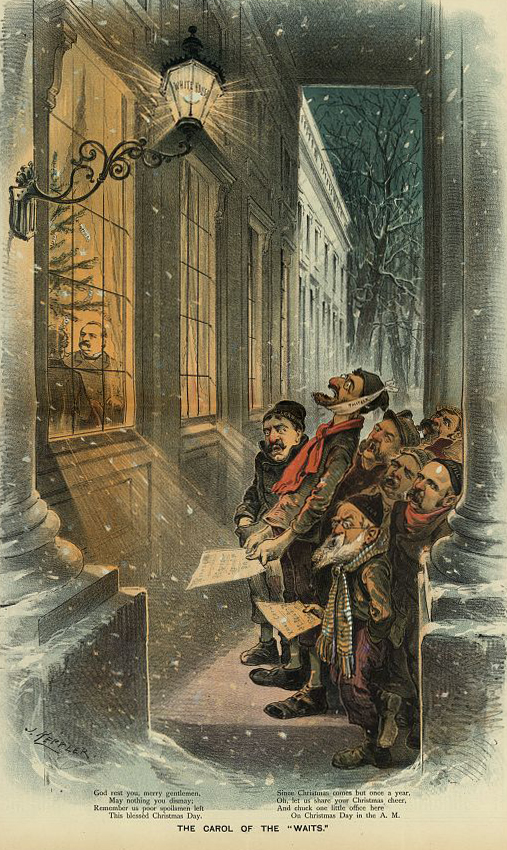
Waits carols first appeared during the 1300s. Waits were night watchmen who would earn a few extra pence or a flagon of ale for entertaining their neighbors on Christmas Eve. They would go house-to-house in an early version of wassailing. God Rest Ye Merry Gentlemen first appeared in print in William Sandys’ 1833 anthology, but it is believed to be a 15th century waits carol. The tradition of singing in the street continued throughout the Victorian era.
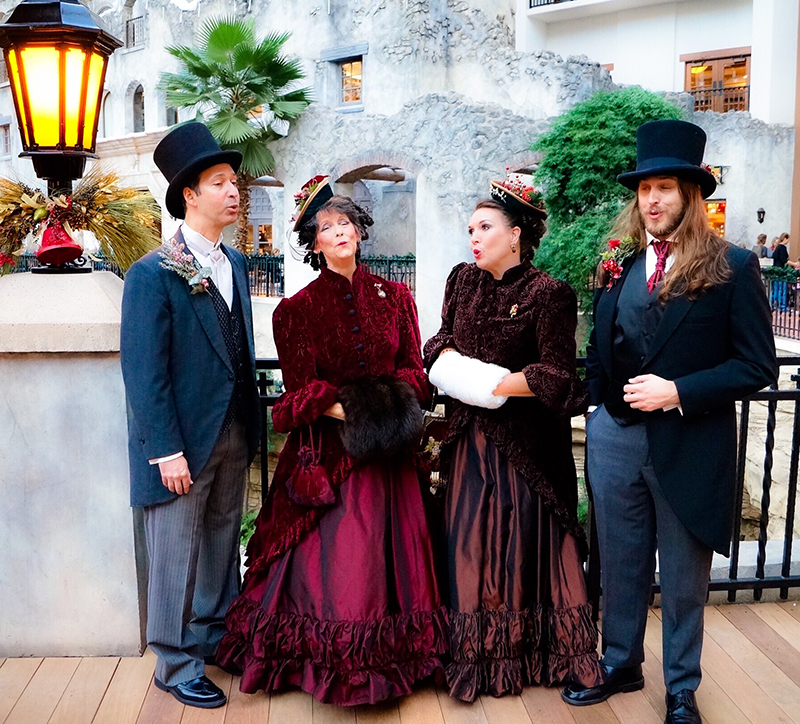
The Christmas carol moved from the streets to inside the church in 1878. Carols were first sung at the Turo Cathedral. “The story of the nativity was told in nine lessons in nine lessons interspaced with carols…” (Carols, Wassailers, Waits and Mummers) Christmas Eve carol services continue to be a tradition in Christian churches throughout the world.
We hope you enjoyed this short history of the Christmas Carol. Recollections offers a line of history-inspired fashions suitable for caroling and so much more, such as our Caroling Double Tiered Cape and Skirt! Take a tour of our website and see for yourself.

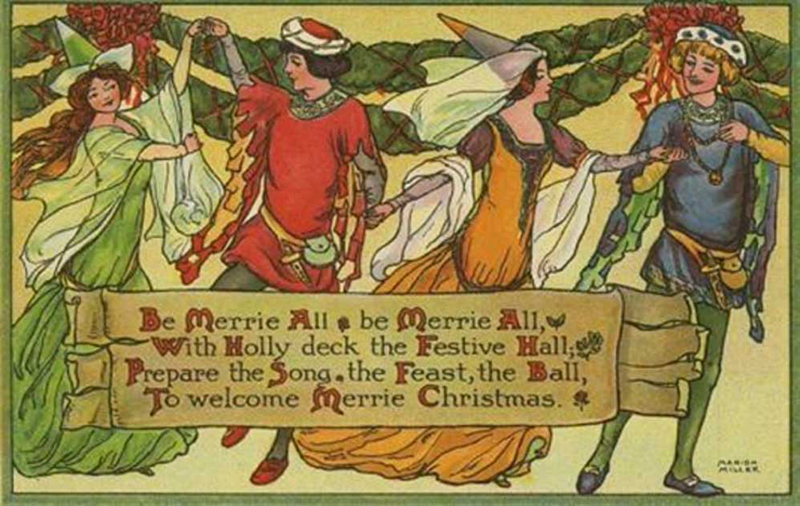
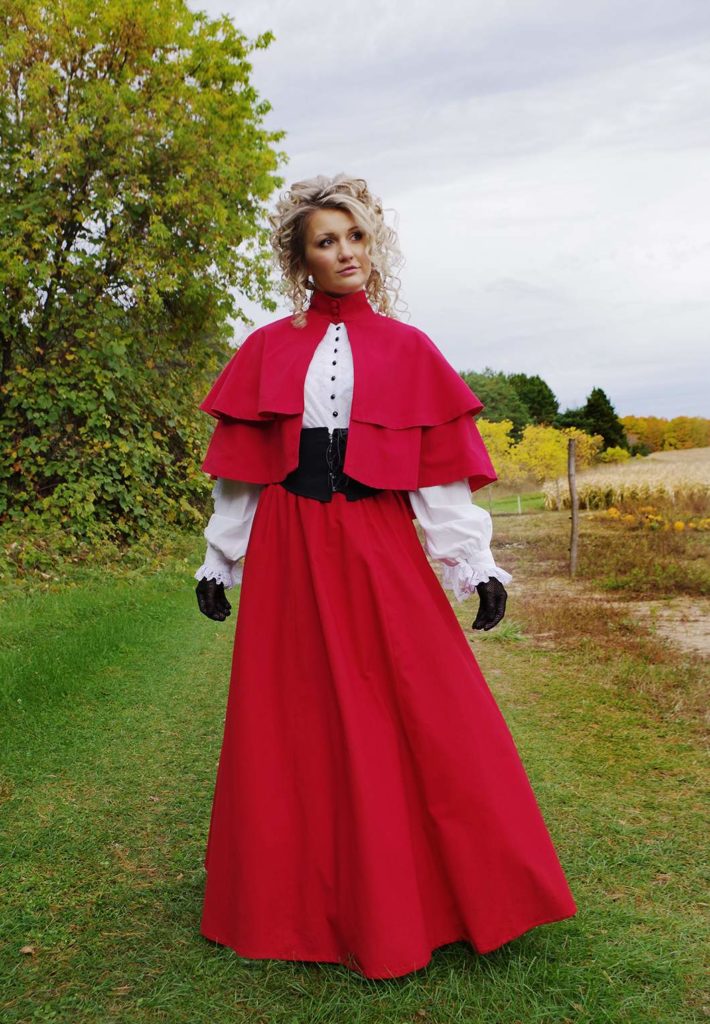



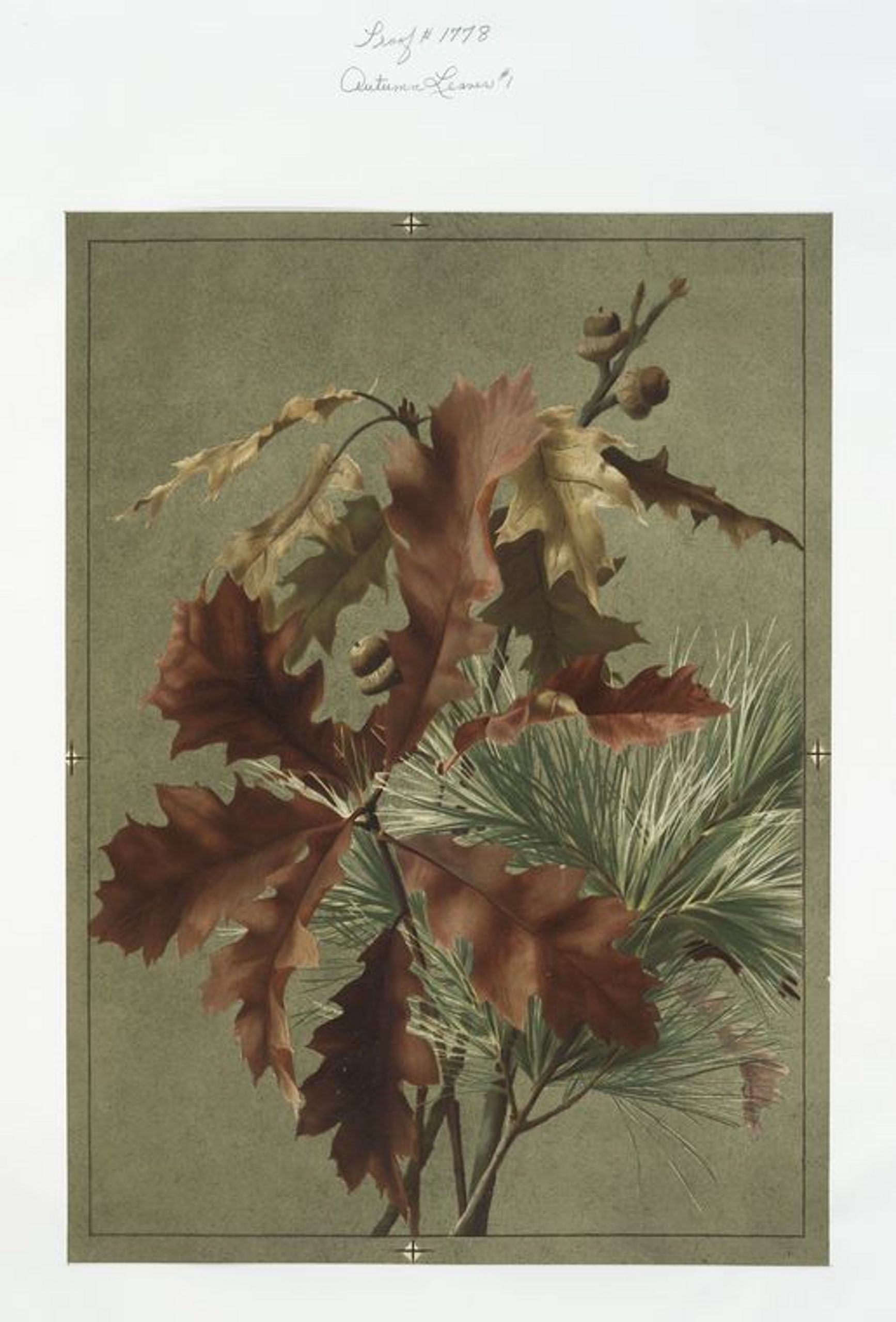
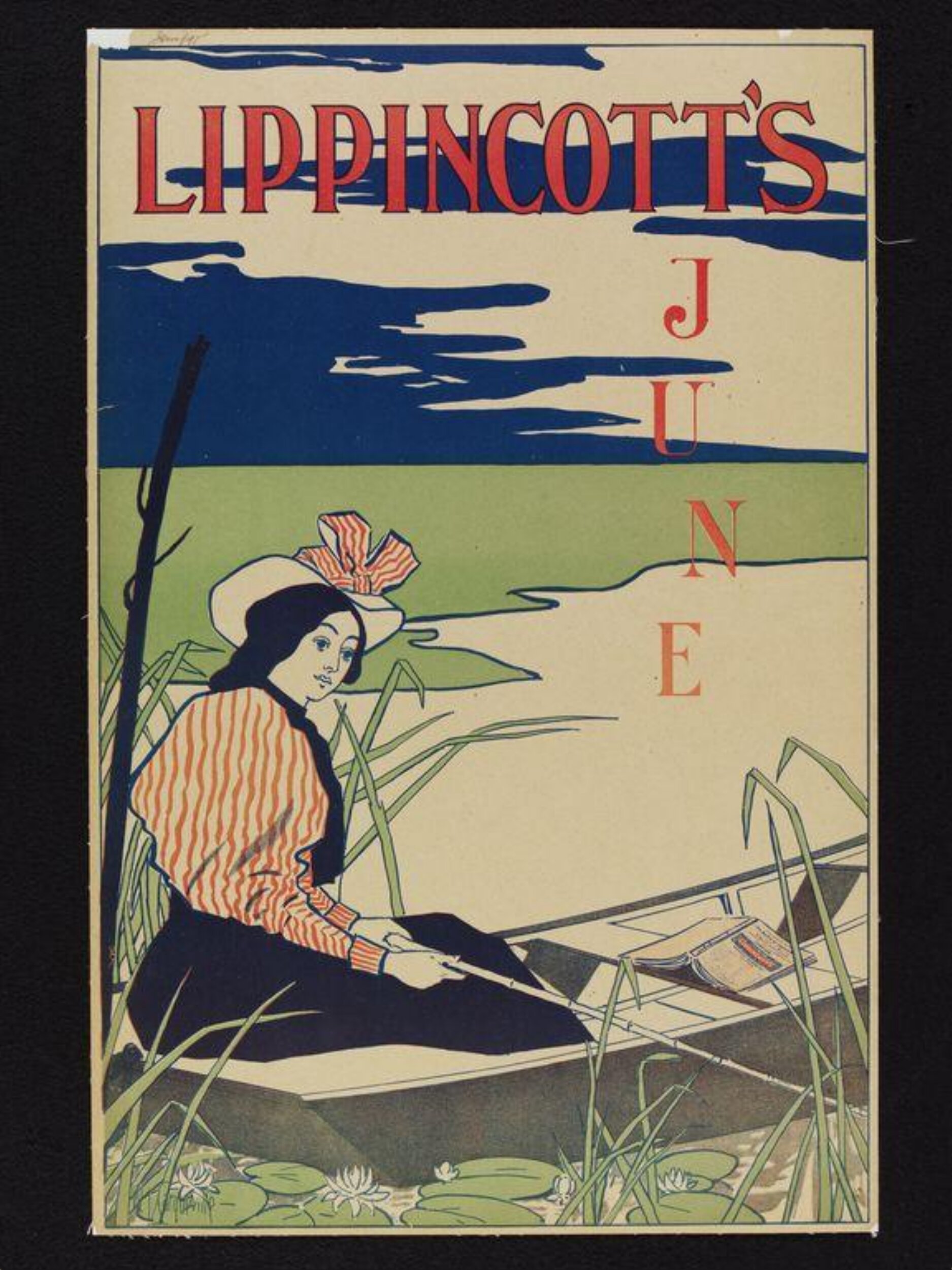
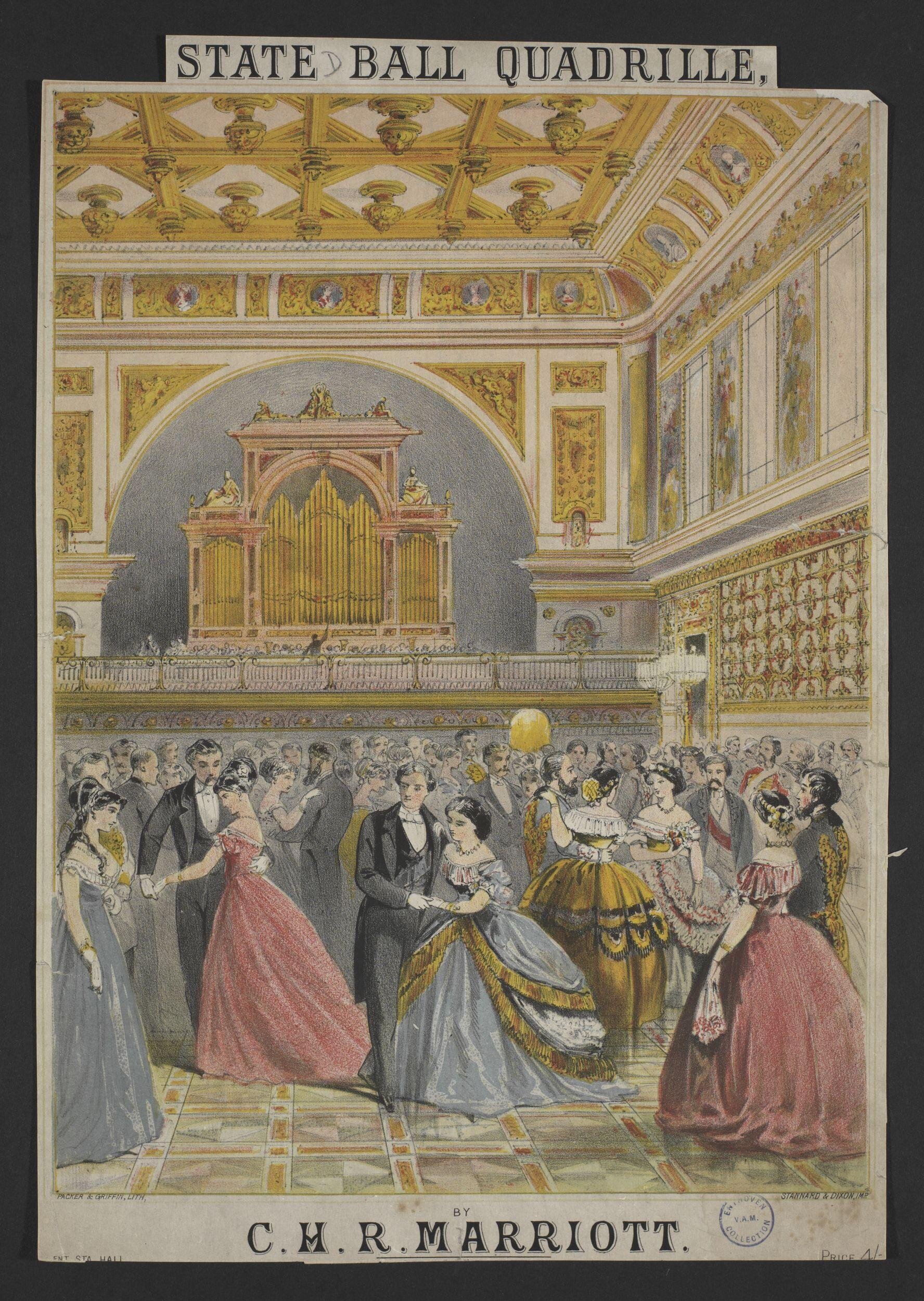
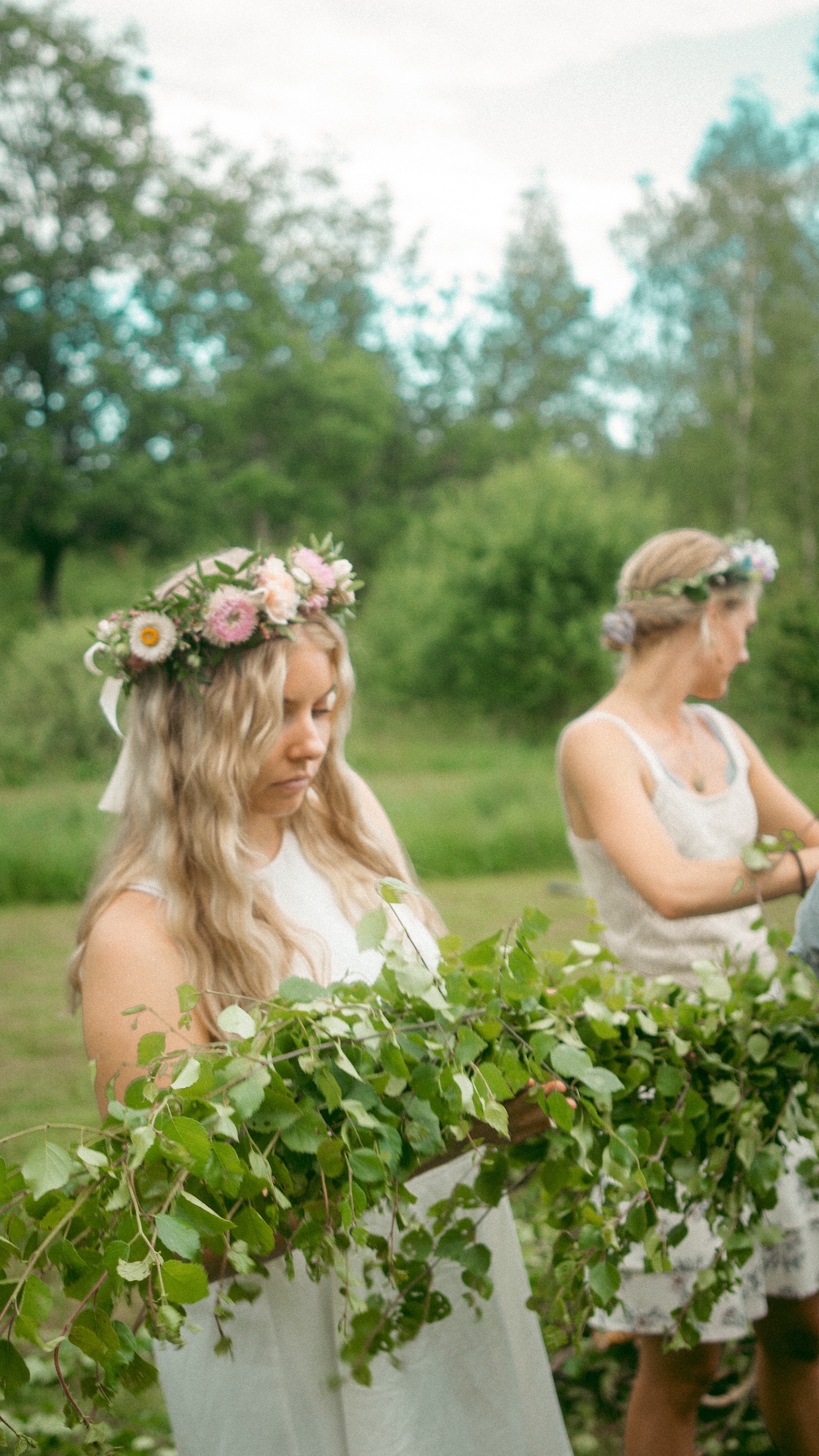

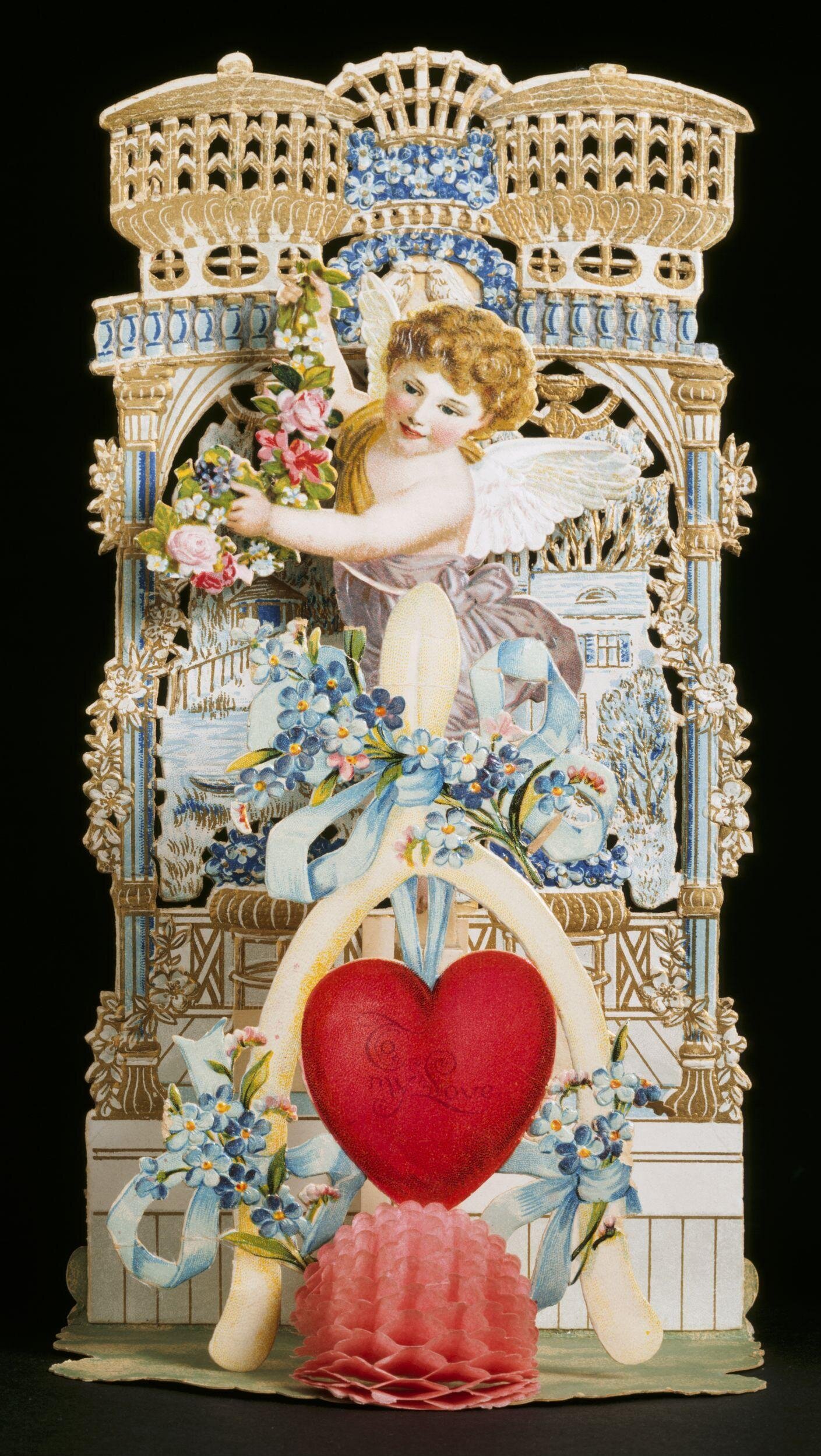
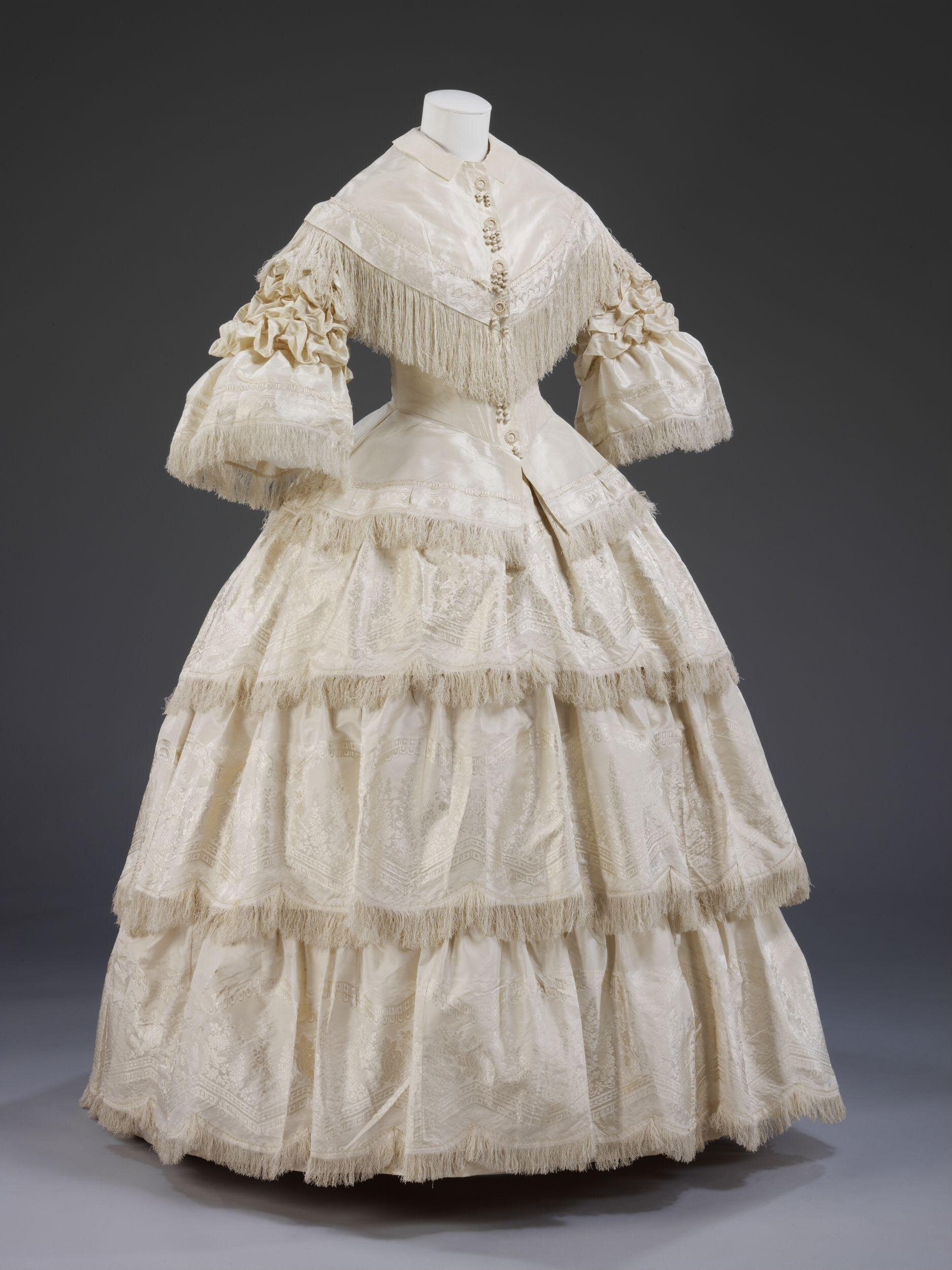
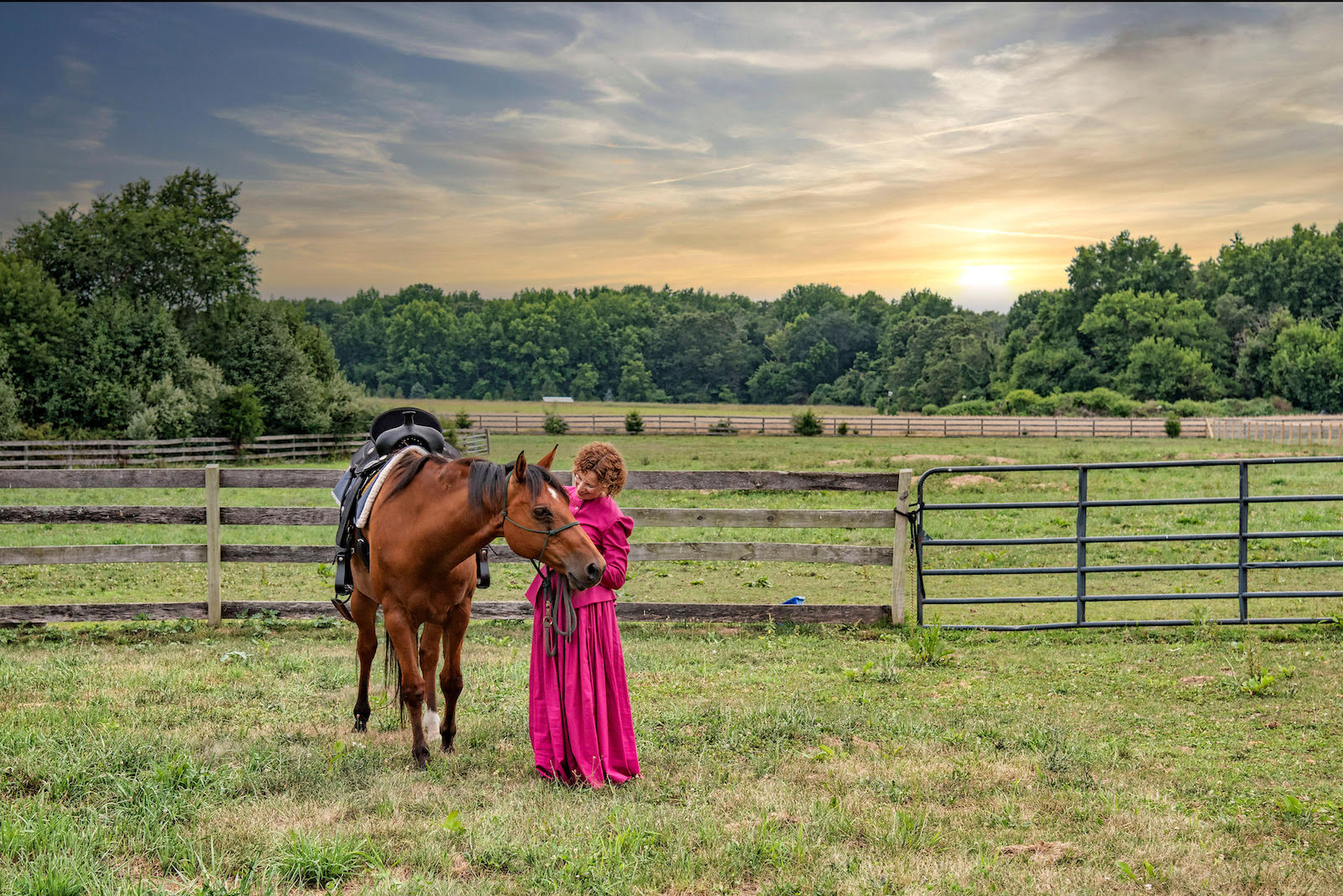
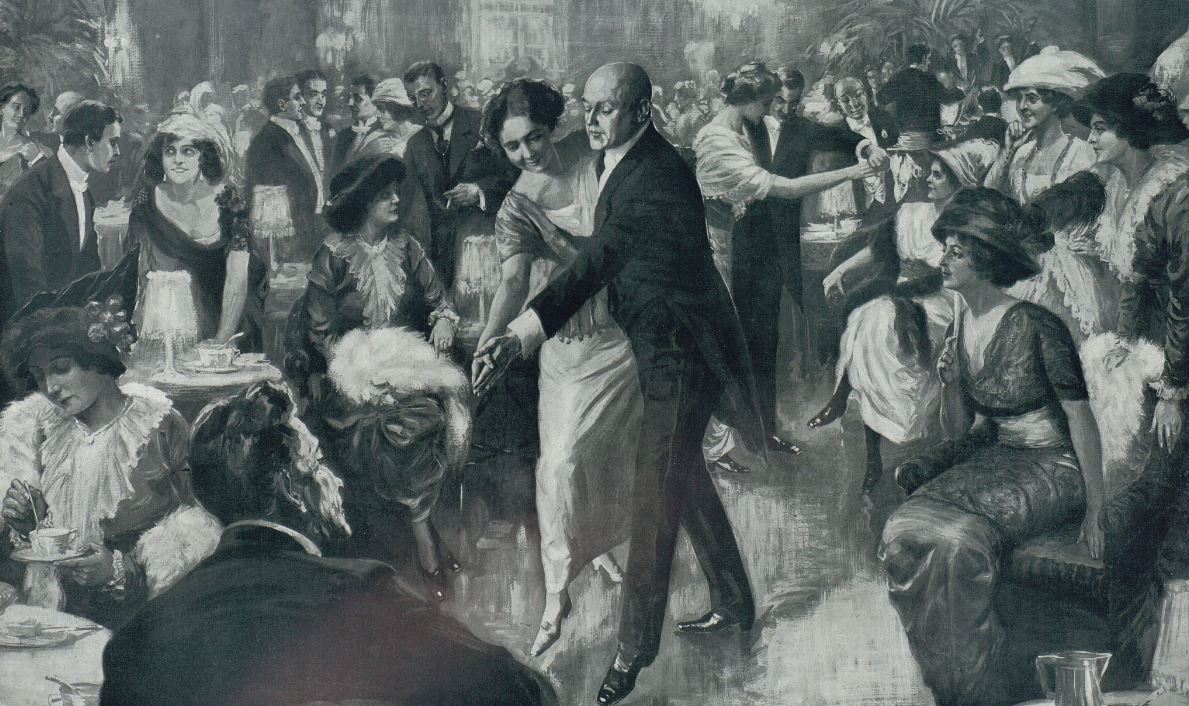
Leave A Comment